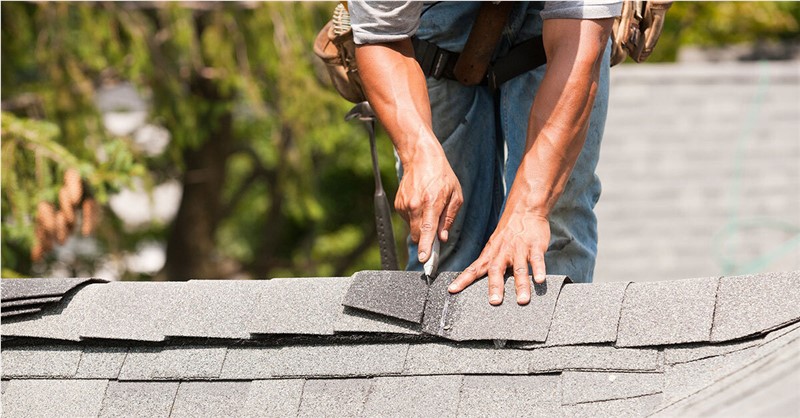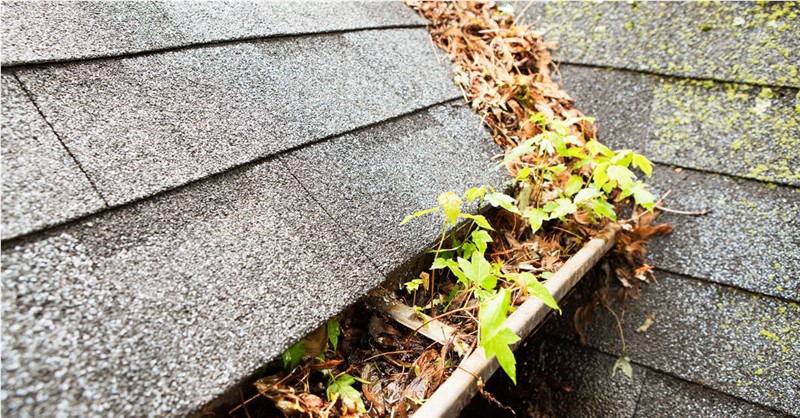Handling roof damage and resulting insurance claim can be one of the most worrying times in a homeowner’s life. It’s often a time fraught with stress and uncertainty, but there are some preventative measures as well as steps to take after the damage has occurred that can help reduce that stress.

Proactive Documentation
A lot of us don’t think about damage to our roofs or homes until it’s already happened, but regular inspections, maintenance, and documentation can streamline the process when you do have to file an insurance claim for your roof. It’s a good idea to take the time to inspect your roof at least once a year looking for common damages like missing, loose, or damaged shingles. You should also check for water spots inside your home that would indicate there’s damage resulting from a leak. If the damage seems severe enough, you can call your roofing contractor to perform a professional inspection. When performing this yearly inspection, take pictures and document any damages that you notice, even if they’re minor. If you pay to have them repaired or you repair them yourself, document this as well. When it comes time to file your claim, your insurance company will want to know that there was no negligence on your part and that the damage is new.
Research and Contact a Contractor
The first step to take after a significant whether event is to contact your contractor. When choosing a contractor, you’ll want to make sure they’re licensed and insured and that they have experience working with your insurance company. Not all roofing contractors are experienced in insurance work, and, if you’re filing a claim, you’ll want one that is. A good roofing contractor will be a vital source of information and assistance for you throughout the process. Check that your contractor has good reviews and referrals, and never be afraid to ask questions. Your roof is a huge investment, and you don’t want to trust it to just anybody.
File a Claim with Your Insurance
After your contractor has inspected your roof and determined that there is damage, you’ll want to submit this damage to your insurance company to file a claim. Prior to contacting your insurance, check your policy to double check your deductible and coverage limits. Once a claim has been made, you’ll be assigned an adjuster that will come to your home and inspect the damage themselves, after which they’ll provide you with an estimate of the coverage. This is one of the reasons you’ll want to make sure your contractor is familiar with insurance claims. The claim must go through a particular process, and your contractor will work with your insurance to ensure that the adjuster is fair and providing appropriate coverage that’s consistent with the damage found. Oftentimes, the adjuster may miss something on the first time around, and an experience contractor can submit for a supplement after the initial claim to make sure the missed items are taken care of.
Repair or Replace the Roof
Once all the previous steps have been taken, it’s finally time to get to work on your roof. Your contractor and insurance adjuster will have come to an agreement on the coverage and your contractor will be free to get to work either repairing the damage or replacing your roof completely.
Facing a roof insurance claim can be a daunting and time consuming task, but keeping track of regular roof maintenance, knowing your coverage, and hiring a trusted roof contractor can help streamline the process and both save you time and give your peace of mind.
Subscribe to Horizon Restoration's Blog




Comments